Samsung Galaxy S5 vs iPhone 5s: Which is best?
Is the Android handset better than the flagship iOS device?
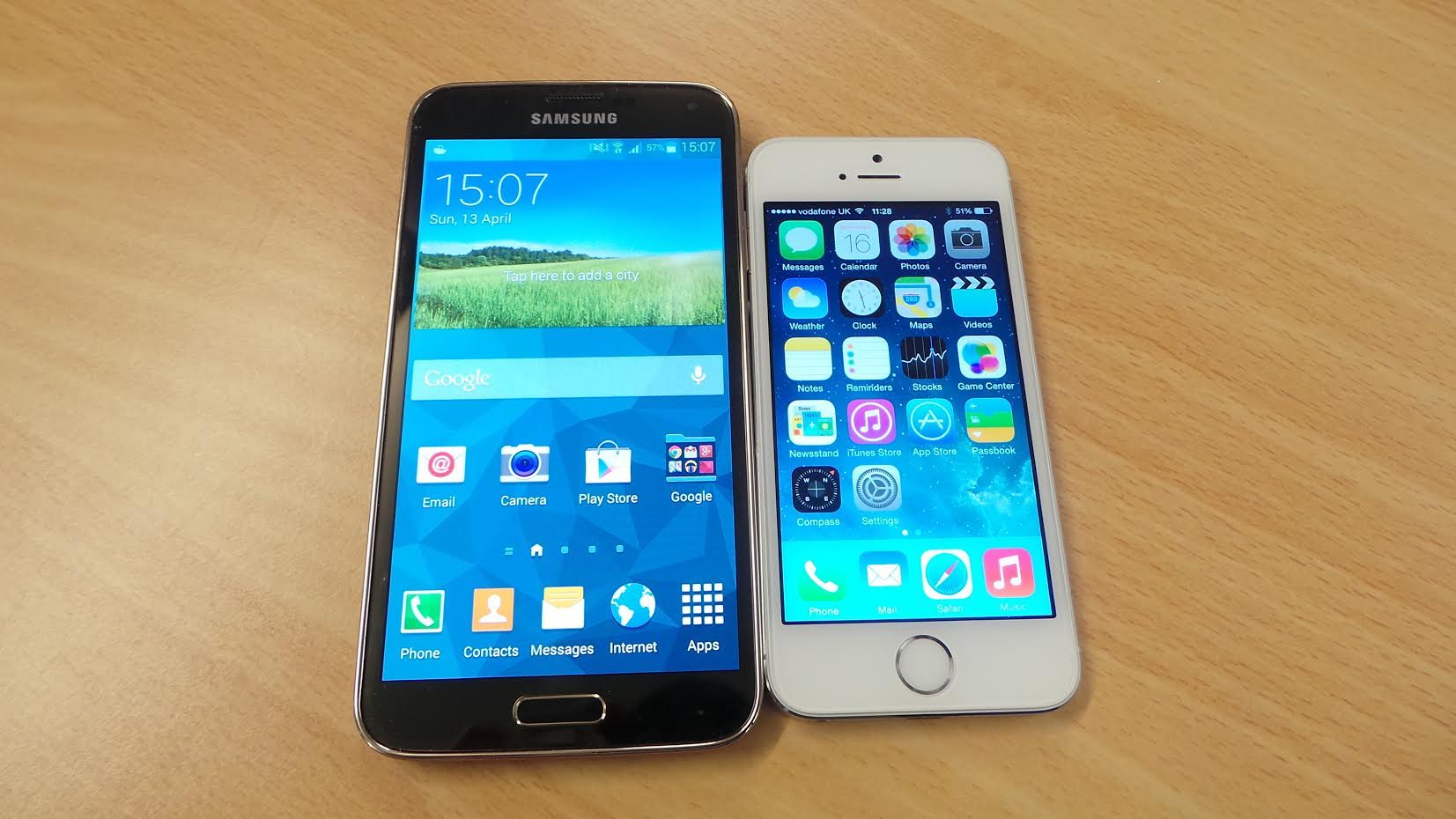
The Galaxy S5 has landed, bringing a best-in-class screen, an amazing 16-megapixel camera, and a bundle of new software features to the table. But how does it stack up against the iPhone 5s?
IT Pro put the two devices head-to-head to find out. We have used the following categories to compare the device - Design/ports, display, battery life, fingerprint technology, performance/enterprise deployment, camera and unique features.
Feel free to jump to the relevant section and remember to visit our section on pricing and verdict.
Design & Ports
We kick off with the design of the handsets, as Apple and Samsung take a wildly different approach to materials.
Apple uses a metallic chassis. The iPhone 5s is wrapped in a two-tone aluminum body to give it a premium look. It's got a compact 4in display and at 112g is comfortable to hold.
Samsung prefers to use plastic, so it can build large, lightweight devices and allow users to access the internals by unclipping the back panel. The choice of material does irk some who think it looks cheap, but it fulfills a specific function. The S5 is heavier at 145g, but is bigger and also has an IP67 rating making it water and dustproof.
Sign up today and you will receive a free copy of our Future Focus 2025 report - the leading guidance on AI, cybersecurity and other IT challenges as per 700+ senior executives

The Galaxy S5 uses micro USB, the same port as every other Android phone. This is a nice touch because it lets you mix and match cables and accessories.
Micro USB 3 is the best version of the protocol to have, as it allows for fast transfers of data between the PC and phone storage.
The iPhone 5s uses Apple's proprietary Lightning connector. This is reversible and also delivers more wattage than a micro USB.
However, getting hold of a Lightning cable can be a problem, as they're not as widely used as micro USB cables. They are also expensive.

Winner - Galaxy S5 - The iPhone looks better and is lighter, but the S5 is more durable with its waterproof/dustproof coating. Apple's Lightning connector might be better, but micro USB is a commonly used standard.
-
 Data center investment reached a record $61 billion this year
Data center investment reached a record $61 billion this yearNews Hyperscaler expansion, private equity interest, and a surge in debt financing are behind skyrocketing investment levels
-
 atNorth bolsters leadership bench with double appointment
atNorth bolsters leadership bench with double appointmentNews Tatu Tuominen has been named director of public affairs and communications, while Anne Helenius-Heir will serve as director of HSE
-
 Red Hat and Samsung agree landmark software deal to develop next-gen storage
Red Hat and Samsung agree landmark software deal to develop next-gen storageNews The partnership is a first for Samsung as the companies commit to developing memory software designs that can keep up with emerging tech
-
 The IT Pro Products of the Year 2019: All the year’s best hardware
The IT Pro Products of the Year 2019: All the year’s best hardwareBest Our favourite equipment from the past 12 months
-
 Best business smartphones: The top handsets from Apple, Samsung, Google and more
Best business smartphones: The top handsets from Apple, Samsung, Google and moreBest The best business smartphones on the market today packed with work-focused features you need
-
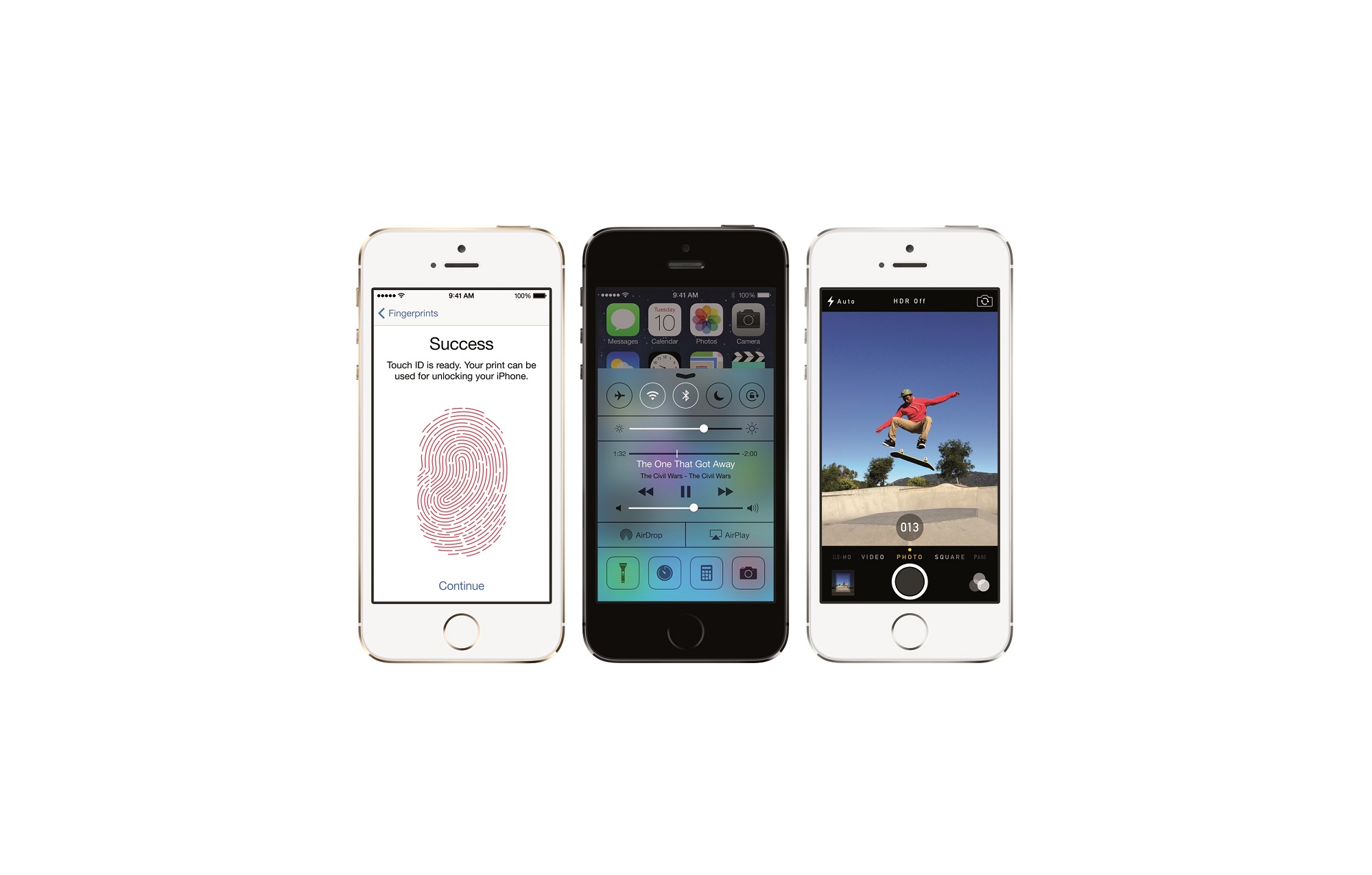 iPhone 5s: Top 10 tips and tricks
iPhone 5s: Top 10 tips and tricksNews iOS 7.1 hints include flash alerts, battery optimisations and make Siri smarter
-
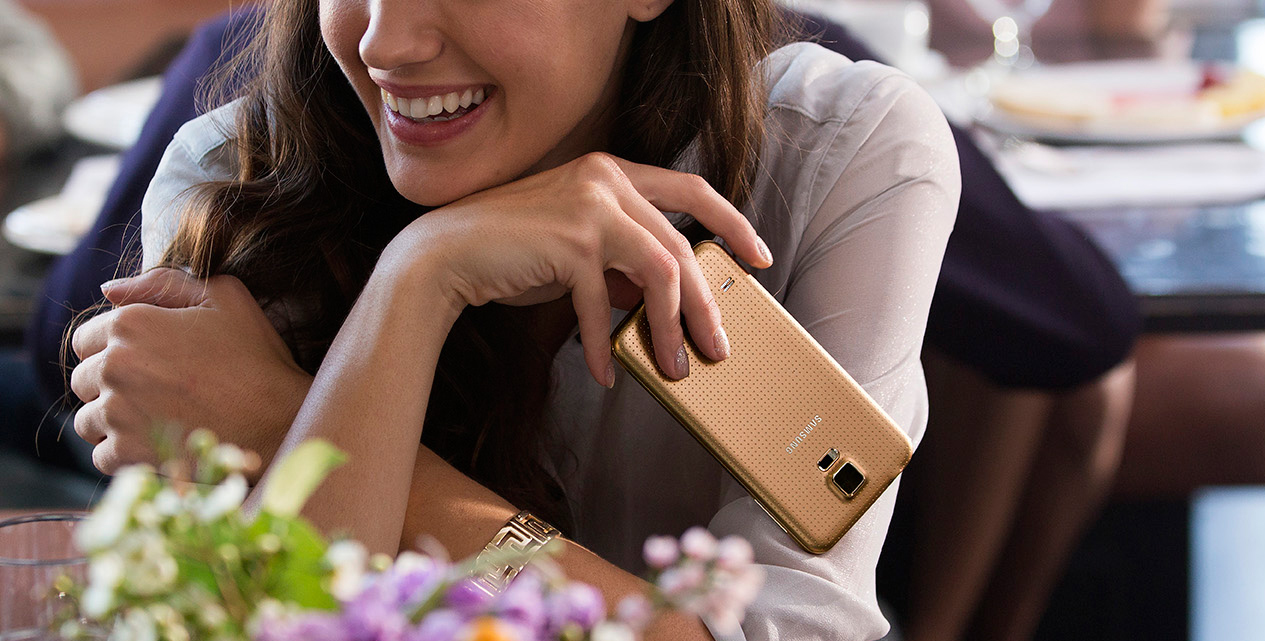 Samsung Galaxy S5: Top 16 tips and tricks
Samsung Galaxy S5: Top 16 tips and tricksTutorials Get the most out of your Galaxy S5
-
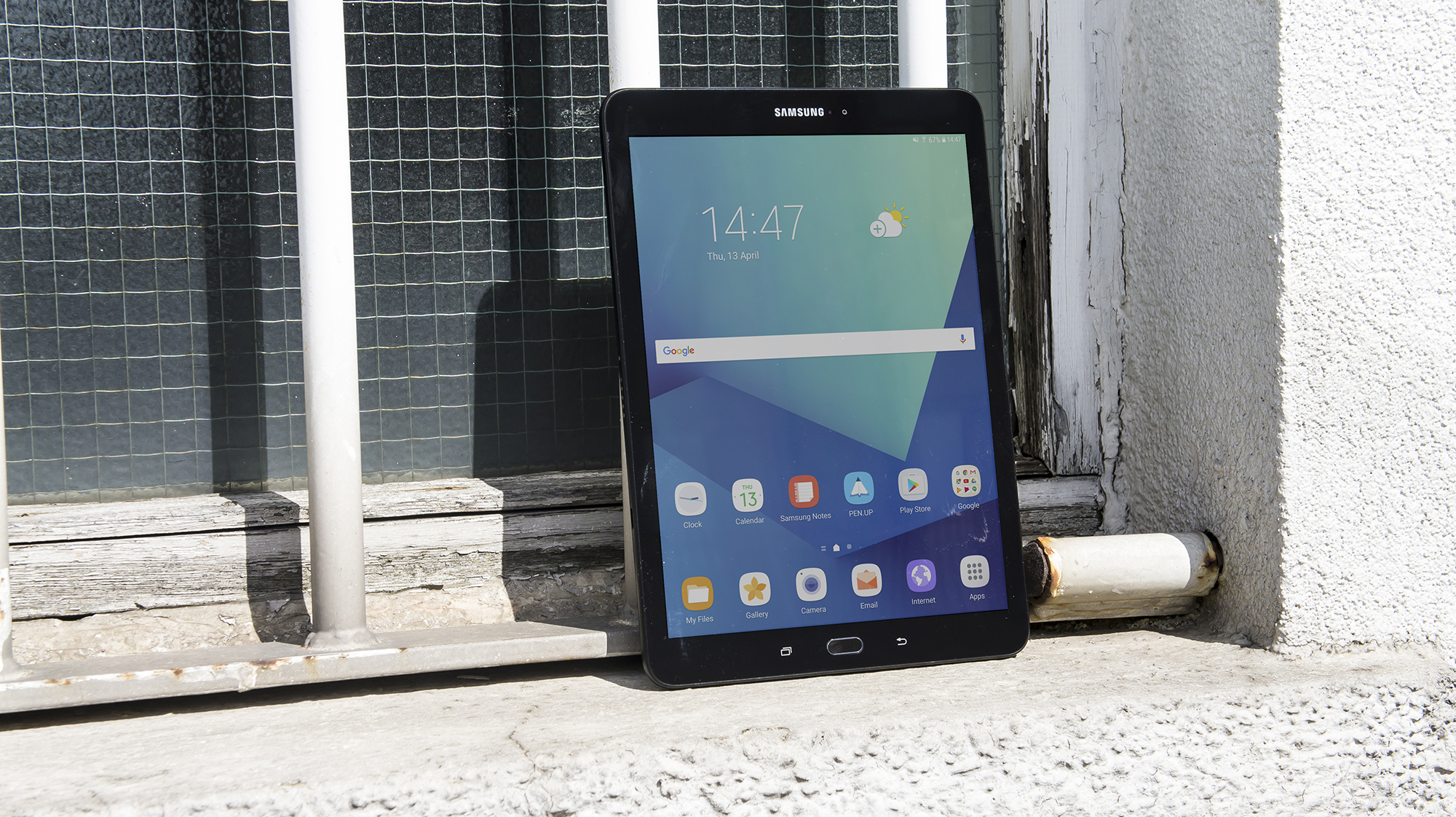 Samsung Galaxy Tab S3 review
Samsung Galaxy Tab S3 reviewReviews The best Android tablet around - but it’s still not a match for the iPad
-
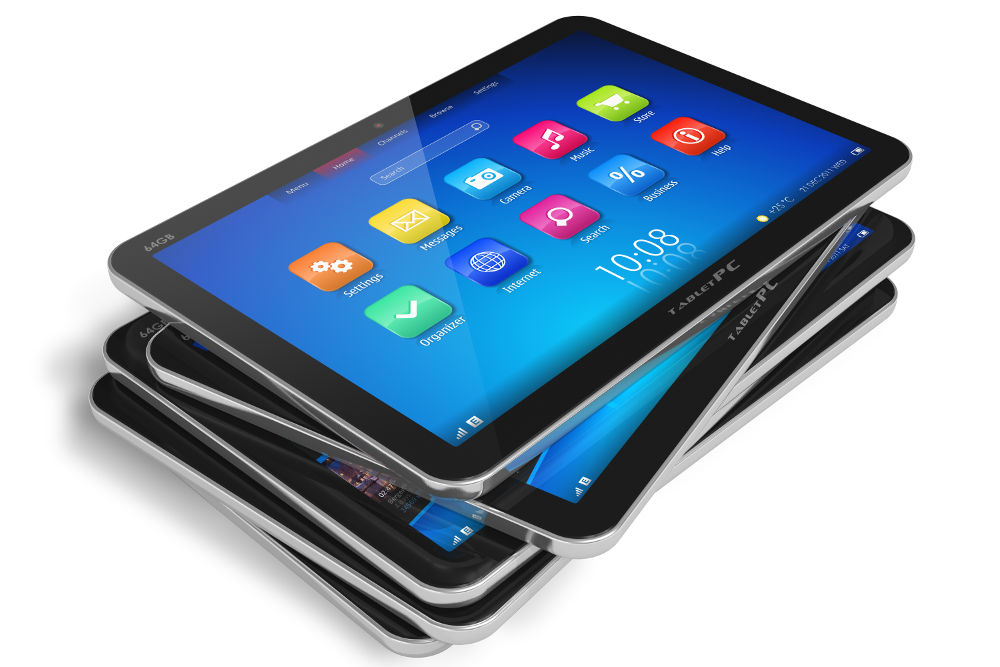 Tablet market falls 15% as low-cost devices lead sales
Tablet market falls 15% as low-cost devices lead salesNews Weakened market caused by 'low-cost detachables" sees third-quarter tablet sales fall by 15%
-
 Apple re-awarded $120m in Samsung spat
Apple re-awarded $120m in Samsung spatNews Judge rules in favour of Apple in latest round of patent infringement bout